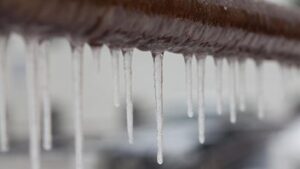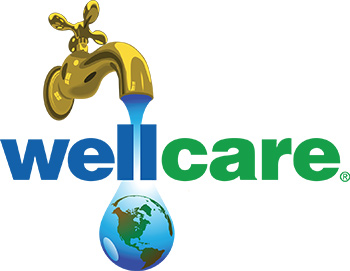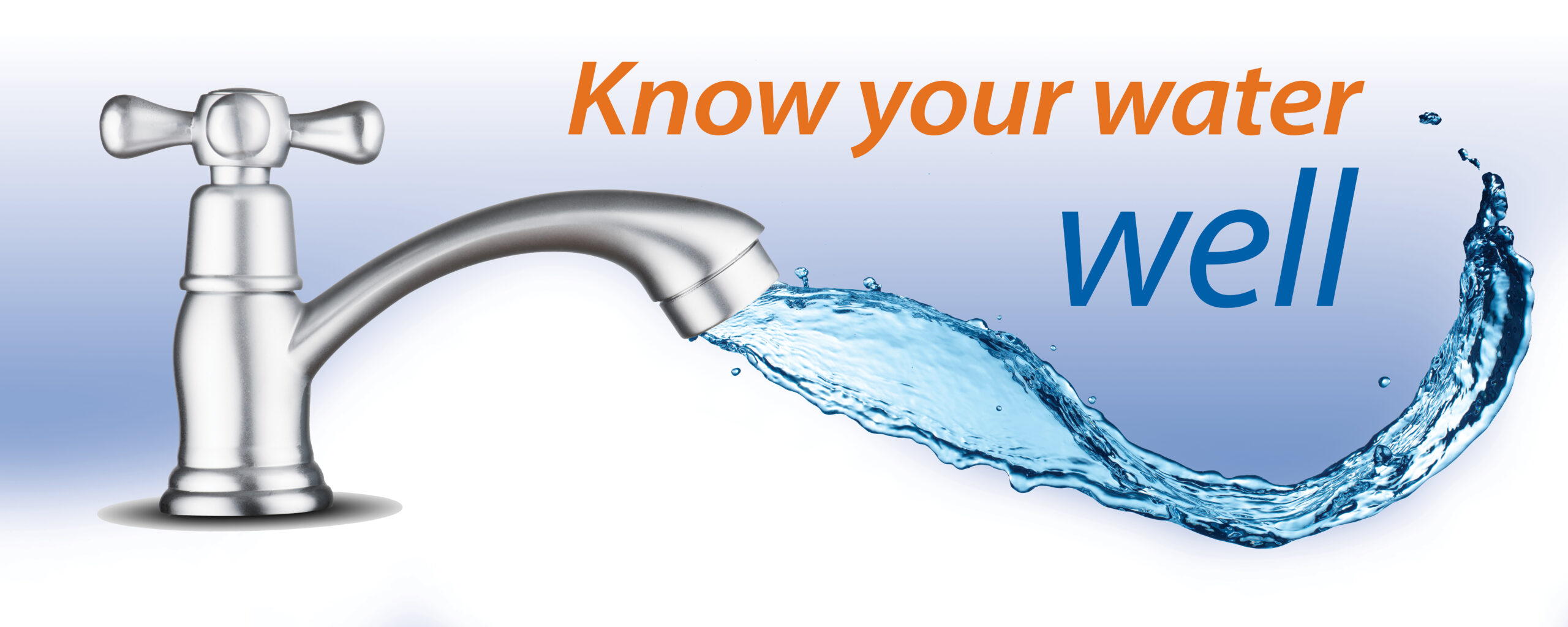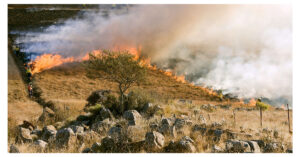
Concerned there may be another Snowmageddon, Snowpocalypse, or Snowzilla? Don’t worry, we’re here to help protect your pipes and well from freezing again!
If you are in an area that tends to reach or has ever had freezing temperatures, you should make every effort to prevent your pipes, well, and well components from freezing. When pipes freeze, the flow of water is completely blocked. Since water expands as it turns into ice, the pipes are very likely to burst. It could also ruin your well pump and other exposed well components. This can be an expensive problem to fix and a disastrous occurrence in frigid winter months. If your well or pipes freeze, contact your licensed well contractor or plumber as soon as possible.
Your Well System
Help keep your well from freezing with a pitless adapter. A pitless adapter attaches to your well casing to provide a sanitary and frost-proof seal between the casing and the water line running to your home. This device protects the water from freezing and permits convenient access to the well and well components without having to dig around the well. The adapter is connected to the well casing below the frost line, which is the depth at which the ground does not freeze. Water from the well is diverted horizontally at the adapter to prevent it from freezing. Contact your licensed well contractor to discuss installing a pitless adapter.
You should also protect your wellhead from getting damaged by snow and heavy equipment like snow blowers and plows. There are existing older wells that are in a driveway, close to the driveway, or close to a road. Consider adding a fiberglass driveway marker to help with locating the well. If your well gets covered by snow, you will easily find it and can carefully remove the snow around it.
Freezing temps on the way and no time to make adjustments?
If your wellhead is exposed to outside elements and freezing temperatures are on the way, wrap it with insulation, blankets, towels, or anything else you can find that will not cause damage to the wellhead but can help protect it from the cold.
Read on to learn about protecting your pipes, pump, tank, and our tips if your pipes or well system are already frozen.



